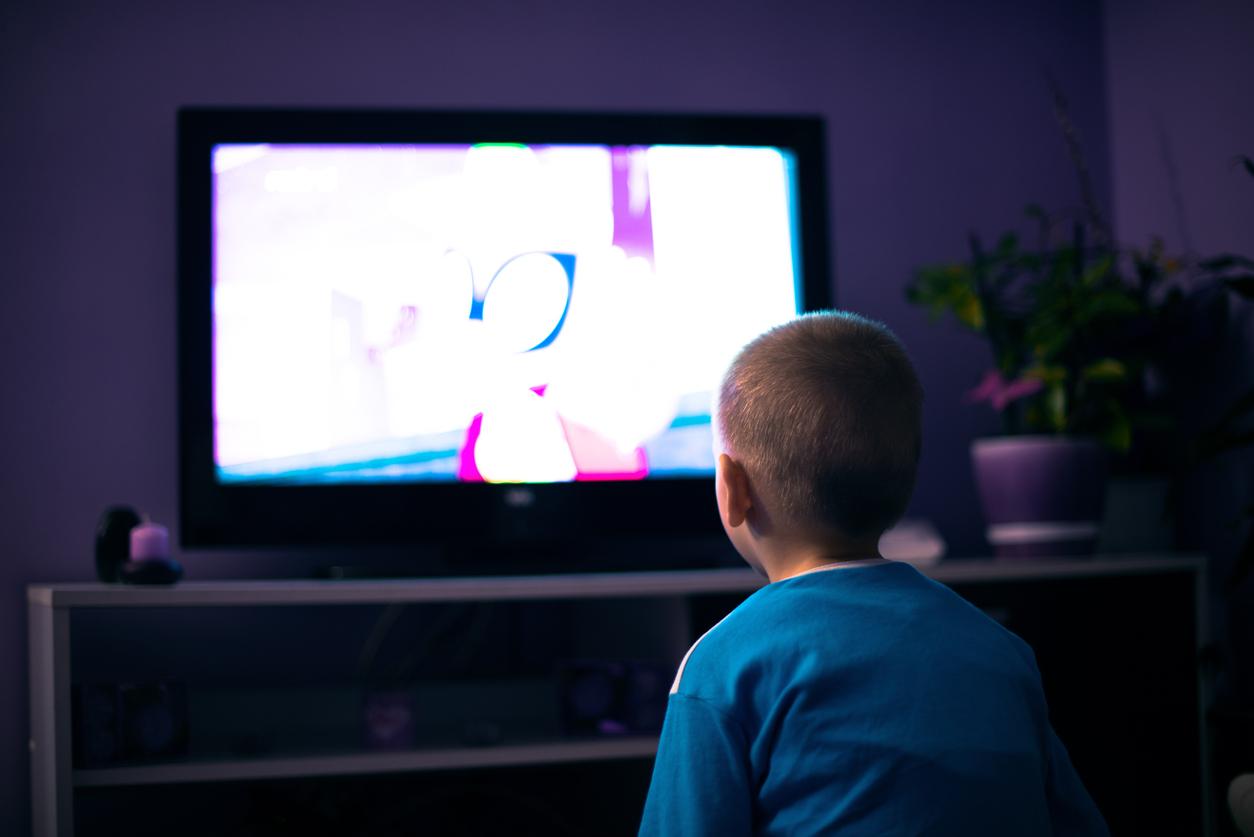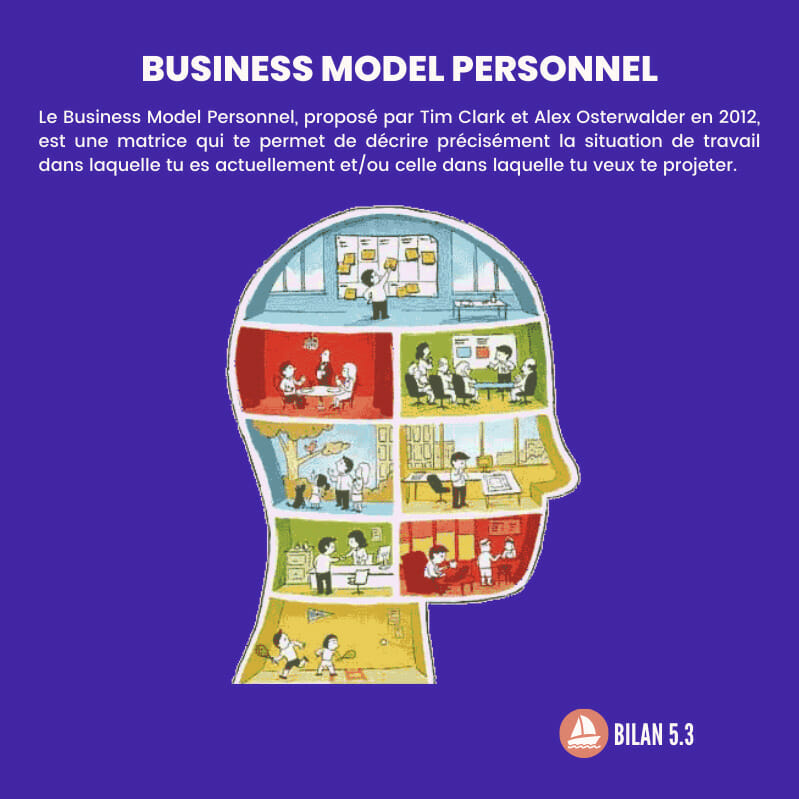At what age should a child walk or talk? When would it be “late” or “early”? When it comes to development, there are no universal standards, researchers point out.

- Child development standards, often from Western countries, are considered universal. However, these benchmarks reflect very specific cultural realities.
- In other contexts, such as Jamaica, local practices, such as baby massage, influence motor development, showing that these milestones are not always appropriate.
- The child’s development is thus linked to his cultural, social and physical environment. Things like climate and parenting styles change the way children learn, making it difficult to apply universal standards. For example, language development varies depending on the frequency of parent-child verbal interactions.
When assessing a child’s progress, it is tempting to base ourselves on what we consider “normal.” A child may be judged “ahead” in one subject or activity and “behind” in another, often based on pre-established criteria. But where do these standards come from? And are they valid for all children, everywhere? Two researchers from British universities provide some answers in an article published by The Conversation.
Development, a process linked to the cultural and social context
Much of the research on child development comes from rich, Western countries, such as the United States, the United Kingdom and France. The “milestones” established by society to say when a child should walk, talk or climb on furniture provide benchmarks, of course, but the problem is that they are often interpreted as universal, whereas they reflect a very particular cultural reality.
In different contexts, children actually evolve in varied physical, social and cultural environments which influence their development. For example, in cultures where babies receive regular massages, such as in Jamaica, their motor development may be faster than that of children in other regions.
Thus, child development cannot be isolated from its cultural and social context. Elements such as parenting styles, climatic conditions, and even a child’s curiosity or shyness influence the way they learn. Take the example of language: in some cultures, parent-child verbal interactions are less frequent, but this does not mean that children from these backgrounds are behind. Their linguistic development follows a different path, adapted to their reality.
Rethinking standards for an inclusive approach
According to researchers, relying solely on Western standards can bias research. It is crucial that scientists collaborate with different cultural communities, give them a voice and promote these experiences in research.
But rethinking child development beyond Western norms would not only benefit researchers, but also parents, teachers and caregivers around the world. Understanding that each child develops in a unique environment, where notions of “normal” are relative, could help us better support their development.















